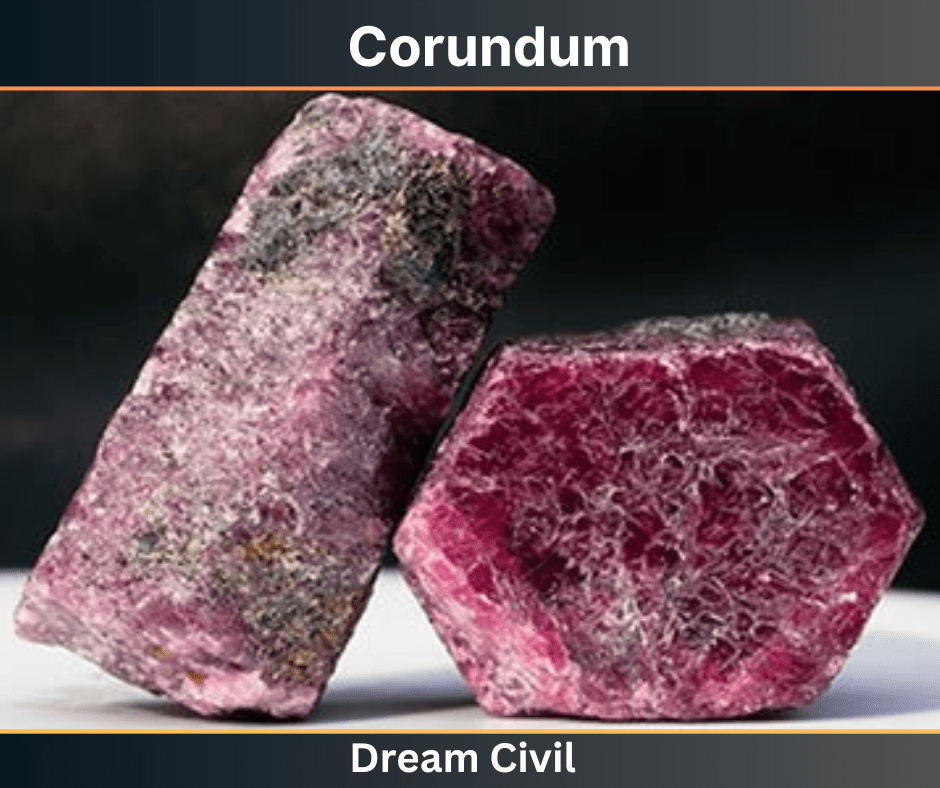Table of Contents
Abrasives are hard materials that can be employed for the purposes of Polishing, Smoothening, and Grinding the surface of other materials.
Some Abrasives are strong sufficient to trim multiple hard materials.
The fundamental aspects of an Abrasive are its hardness and brittleness.
Diamond is a natural abrasive and is known as the hardest material in the world.
1. Abrasives and Types of Abrasives
There are mainly two types of abrasives available in the market that are as follows:
a. Natural
Natural abrasives appear as minerals or rocks in the crust of the earth.
Diamond, Garnet, Corundum, and Quartz are a few instances of natural abrasives.
b. Artificial or Synthetic
The Artificial or Synthetic abrasive group contains a number of materials owning very high hardness.
Carborundum, Aluminum Oxide, and Glass Fall are a few instances of this group.
2. Forms of Abrasives
Abrasives are employed in block form and powdered form. The blocks form are pieces cut in appropriate forms from the abrasives material. They are employed as grindstones, whetstones, millstones, and cutting edges for different purposes.
For usage in powdered form, the material is crushed and ground to various grades and sizes. This powder is employed as such and also after bonding it to cloth or paper.
3. Uses of Abrasives
They are employed in multiple engineering sectors. These are essential for polishing, grinding, and finishing surfaces of metals, leather, wood, and stones.
They are commonly used in the following works:
a. Grinding
b. Polishing
c. Buffing
d. Honing
e. Cutting
f. Drilling
g. Sharpening
h. Lapping
i. Sanding
4. Important of Abrasives
Major of the abrasives utilized in industries belongs to a synthetic group, except diamonds as they are expensive to buy and use for industry purposes.
a. Diamond
Diamond is considered a natural abrasive and purest form of carbon (C). It owns a significant hardness ( H=10 ). In the gem sort, the Diamond is completely colorless.
Being the hardest substance, it has a durable life compared to other materials. It gets damaged only by impacts.
They are employed as core drilling stones, in rock and metal cutters, wire-drawing dies, and gear grindstones but are used in rare cases only.
Belgian Congo, South Africa, Congo, Angola, Sierra Lone, Brazil, and Venezuela are a few diamond-producing states.

b. Carborundum
It belongs to a synthetic or artificial group. It is the hardest abrasive after diamond. In arrangement, it is silicon carbide and is prepared by fusing a variety of high-purity sand, coke, and sawdust.
It was prepared in 1890 in an attempt to make man-made diamonds.
At present, it is prepared by employing a very high current through an electric arc at 2482 Centigrade.
Silicon carbide is constructed at the center of the mixture.
The major uses of carborundum is the preparation of grinding wheels, abrasive papers, abrasives cloth, and tool sharpening blocks.

c. Boron Carbide
It is prepared by heating boric oxide and coke jointly at 2600 centigrade temperature. It is near of the same hardness as carborundum and is employed mainly as a powdered abrasive.

d. Corundum (H=9)
This mineral lies in a natural group. They are gems of high value and are perfect flawless crystals. They can also be artificially prepared.
Examples are sapphire and ruby.
The imperfect varieties are employed as abrasives.

e. Quartz (H=7)
It is an ordinary natural mineral. When pure, it is silicon dioxide. Quartz is also the most commonly applied abrasive in many fields.
It may be employed as pure quartz in blocks and also as quartz sand, sandstone, quartzite, flent, chert, and purmice all of which are different shapes of silica in nature.

f. Garnet (H=7/1/2)
It is a group of minerals that are silicates of magnesium, calcium, aluminum, and chromium.
A few sorts of this group name Almandine and Grossularite are normally employed as abrasives. Powdered garnet is employed for preparing coated papers, cloth, and discs.
Garnet-coated paper and cloth are employed broadly in the wood, plastic, leather, rubber, and metal industries.

This was for the Abrasives and Types of Abrasives.
5. References1. Content Filter & Authenticity Checking Team, Dream Civil International (Our team checks every content & detail to maintain quality.) |
Read Also: Rate Analysis For PCC

